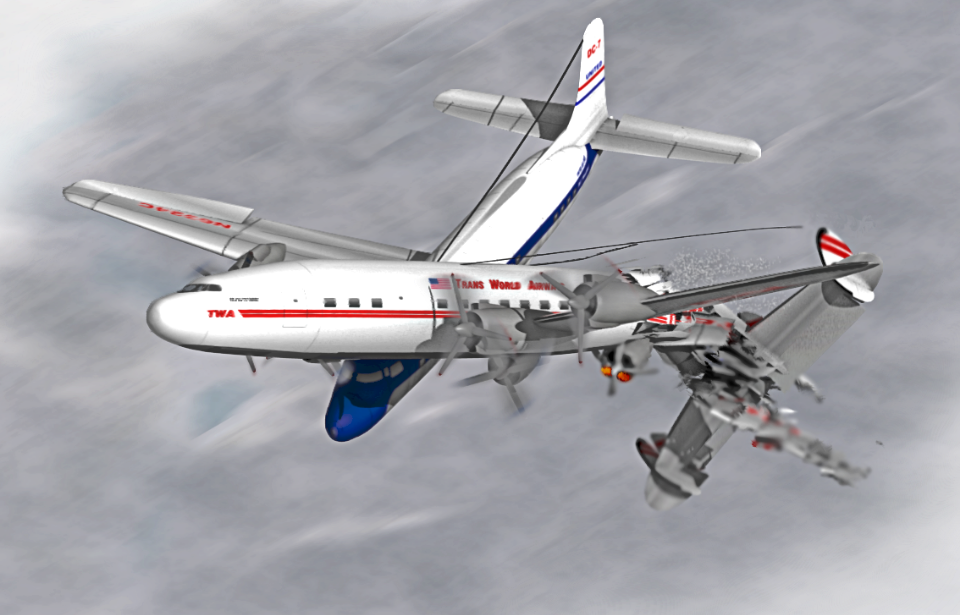Unbelievably, mid-air collisions were a fairly common accident not so long ago. In fact, between 1948 and 1955, there were 127 mid-air collisions in the United States alone. Thirty of these incidents involved commercial airliners. It was only in 1956, after a tragic collision over the Grand Canyon, that airline safety measures in the United States were permanently changed.
A mid-air collision over the Grand Canyon
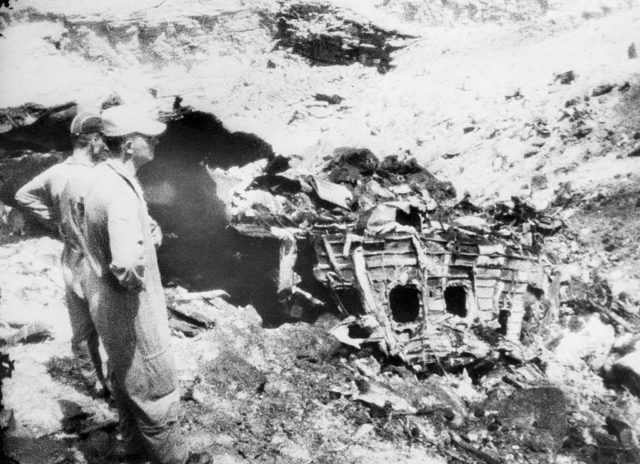
Around 10:30 a.m. on Saturday, June 30, 1956, a Trans-World Airlines (TWA) Lockheed Super Constellation collided with a United Airlines Douglas DC-7 over the Grand Canyon National Park in Arizona. The TWA Super Constellation had 70 people on board, while the UA DC-7 had 58 people on board. There were 128 casualties from this collision, making it the first commercial airline incident to exceed one hundred deaths.
The two planes had collided over an area of uncontrolled airspace, in an area where it was the pilots’ responsibility to maintain adequate separation. The thinking at the time was to see and be seen. However, both airplanes approached the area of the Grand Canyon at the same altitude and nearly the same speed. Around 10:30 a.m., the two aircraft collided over the Grand Canyon.
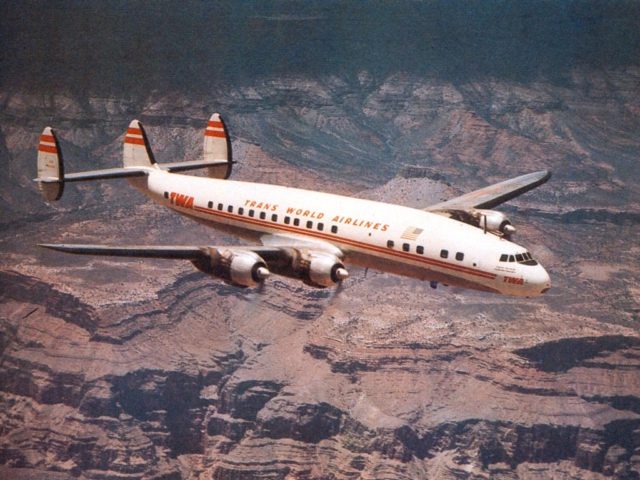
The UA DC-7’s left-wing clipped the top of the TWA Super Constellation’s vertical stabilizer, striking its fuselage. This caused the TWA Super Constellation’s tail assembly to break away from the rest of the airframe. The loss of the tail assembly resulted in the immediate loss of control of the Super Constellation. The plane plummeted to the ground in a near-vertical nosedive. The TWA Super Constellation crashed into an area called Temple Butte at an estimated speed of 480 miles/ hour (770 kilometers/ hour) and completely broke apart on impact.
The UA DC-7’s left wing was in tatters after colliding with the TWA Super Constellation. Its number one engine was no longer capable of producing any substantial lift. The airline started spiraling at a rapid speed and eventually crashed into the south side cliff of Chaur Butte. Like the TWA Super Constellation, UA DC-7 completely disintegrated upon impact, killing all 58 people on board instantly.
No one knew where the two planes were
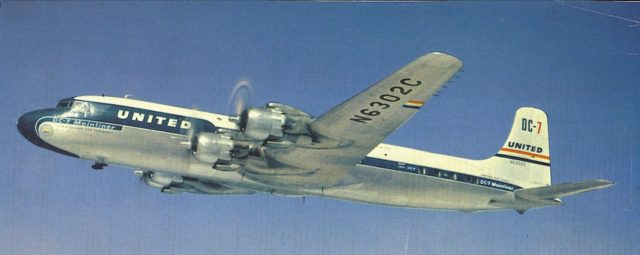
The collision was not immediately known because the event happened over uncontrolled airspace. Similarly, the last known position of each aircraft did not reflect their locations at the time of the collision. The captains of each plane had taken their aircraft a few miles north off of their projected tracks, presumably to give their passengers a nice view of the Grand Canyon. It was only after both aircraft missed a radio report that air traffic controllers and ground personnel declared the two aircraft missing and launched a search.
Unbeknownst at the time, the Constellation wreckage had been spotted earlier in the day by Henry and Palen Hudgin – two brothers who operated Grand Canyon Airlines, a small air-taxi service. Earlier in the day, Palen Hudgin had noticed black smoke near Temple Butte but thought it was a bush fire started by a bolt of lightning.
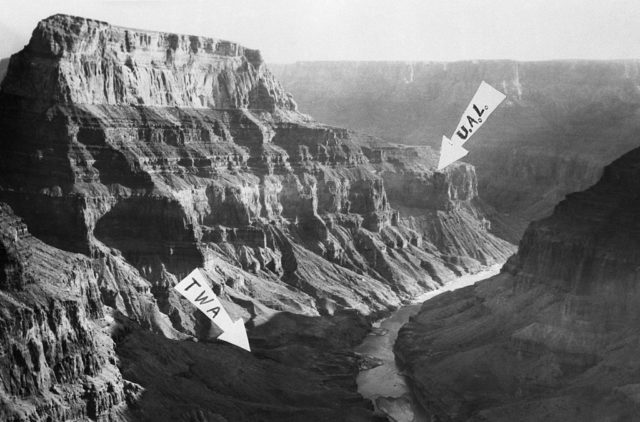
After hearing about the missing planes, the Hudgin brothers decided to fly into the Grand Canyon and investigate the smoke they had seen earlier in the day. The brothers located the Constellation’s tail and reported their findings to the authorities. The following day, the located on the UA DC-7 was located. The crash sites were not accessible by road and were too remote to be accessed by foot, so helicopters were needed to help identify bodies and recover wreckage for analysis.
The scenes at both crash sites were horrific. No bodies were recovered intact, and positive identification of most of the remains was not possible. On July 9, 1956, a mass funeral was held for 66 of the 70 TWA victims in Flagstaff, Arizona. In the days before DNA testing, only three passengers were able to be positively identified. Twenty-nine unidentified victims from the UA DC-7 flight were buried at the Grand Canyon National Park’s Shrine of the Ages, located next to the Park’s headquarters on the South Rim.
The planes were in each other’s blind spots
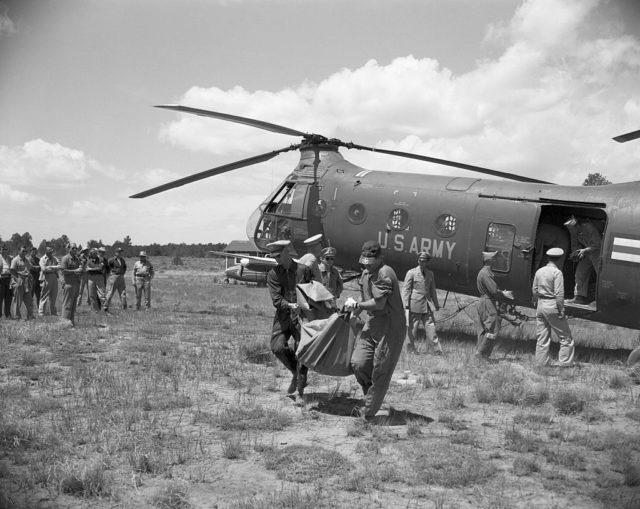
This mid-air collision rocked the entire nation. People didn’t understand how two huge commercial airlines didn’t see each other in a wide-open space. The Civil Aeronautics Board (CAB) investigated the crash and determined with a high degree of certainty what had happened over the Grand Canyon.
The United Airlines flight was headed for Kansas City. The TWA flight was headed for Chicago. The United Airlines flight was flying north of the TWA plane. Both planes were off course, and both planes were being pushed along by a tailwind. Both flights had been ordered to maintain a 3,000-foot vertical flight separation, and both aircraft were flying at an altitude of 21,000 feet when they collided.
Captain Gandy of the TWA Flight had asked for clearance to climb from his assigned 18,000 feet up to 21,000 feet, but controllers denied his request, telling him that the United Airlines flight was too close. On the other hand, aircraft controllers did not communicate with the United Airlines captain, Captain Shirley, because they were not required to.
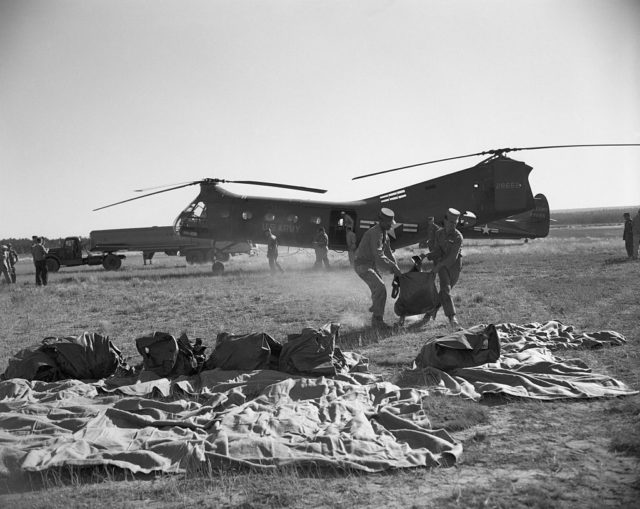
Captain Gandy of the TWA flight was allowed to fly 1000 feet above the clouds. The pilots of both planes were trying to fly through a 25,000-foot-high cumulus cloud. It was the TWA plane that rose into the DC-7’s flightpath. Although the pilots were probably unable to see each other, the passengers on both planes were able to as the two airlines were flying parallel to each other for quite a while. Essentially, this crash happened because the planes were in each other’s blind spots.
The CAB concluded that the probable cause of this mid-air collision was due to intervening clouds that made it difficult to see and visual limitations due to cockpit visibility. The final report didn’t implicate either flight crew and largely focused on technical issues instead. Notably, the final report did not discuss why airlines permitted their pilots to focus on maneuvers solely intended to improve their passengers’ view of the Grand Canyon.
This crash created the FAA and National Transportation Safety Board
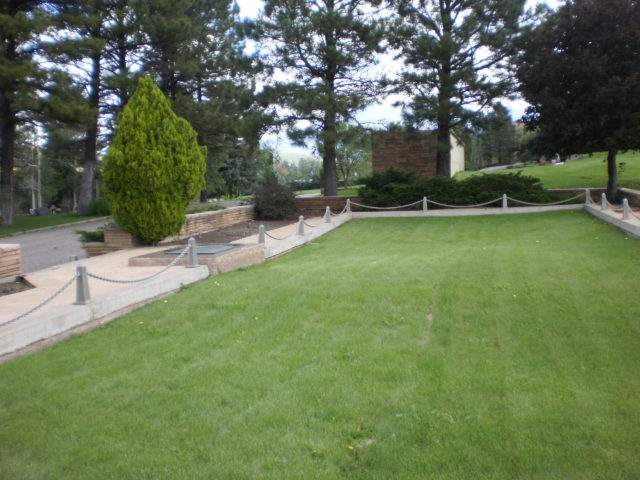
More from us: The 1958 Manchester United Plane Crash Killed Some of the Best Football Players in the World
This mid-air collision highlighted the state of air traffic control in the 1950s. The pilot’s failure to see each other poked holes in the “see and be seen” policy adopted by airlines and air traffic controllers at the time. It was common for pilots to operate under visual flight rules, and there was no radar tracking. Commercial flights were monitored by radio transmissions but private and military aircraft were virtually in complete control of the skies.
After the investigation was completed in 1957, Congress passed legislation that formed what would later become the Federal Aviation Administration (FAA) and National Transportation Safety Board. These two organizations worked to update the air traffic control systems, making American commercial aviation travel into the safest form of transportation in the world. It is just a shame it took such a deadly accident to overhaul outdated policies.
